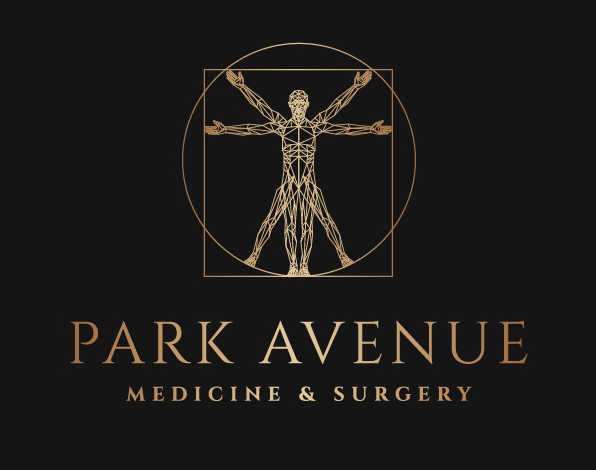Anxiety Reducing Techniques
From a planner inked with an infinite magnitude of undone tasks to misunderstandings with a loved one over a text message, opportunities for anxiety are everywhere. And once anxiety does hit, it has this crafty way of losing its original context, making everything and anything seem as if it’s falling apart.
On a biological level, anxiety emerges from an evolutionary standpoint simply to put you into a mode of full alertness. Thus, there are both mental and physical components to experiencing anxiety, and all involve getting a person ready for the intensity of a fight or flight situation. So what happens when your anxiety fails in its attempt to change perceived threats, and still the anxiety will not go away?
Fortunately, there are legitimate techniques that can be employed, ultimately reducing anxiety and its debilitating impact. They also encourage relaxation, which ultimately leads to deeper breathing, a more stable blood pressure, a slower heart rate, and an increase in overall blood flow and oxygen to the brain.
Proper breathing is the most basic exercise used to reduce anxiety. The practice of deep breathing involves breathing from the diaphragm, which encourages the most and freshest air into the lungs. Sit with your back straight, let air in through your nose, allow your stomach to enlarge while your chest remains relatively still, and then breathe out through your mouth. Repeat for a few minutes, until you feel a sense of ease overtake your body.
The next relaxation technique is known as progressive muscle relaxation, and is often coupled with deep breathing for a more impactful anxiety-reducing workout. The process is meant for anxiety that manifests itself within the body in the form of physical sensations, and involves getting rid of these sources of tension by slowly relaxing each part of the body. The key is to focus on each foot, then each lower leg, then each thigh, then the hips, then the stomach, then the chest, then the back, then each arm, then the shoulders and neck, and finally the face. For each body part, focus on how that body part feels. The sensations within it and surrounding it. When you are ready, tense that area of the body. Imagine it completely overtaking you, as you count to ten with full tension. Then, switch to relaxation. Relax the body part, counting to ten again, and as you do, imagine the negative energy flowing out as the sensation of relaxation takes over.
The key to doing the progressive muscle relaxation technique correctly is realizing that when you are tensing the muscles, you are surrendering to the anxiety within that area of the body. In this case, you enlarge the feelings to then eradicate them, since you have gained control over that area by exaggerating the tension.
Like the progressive muscle relaxation technique is the surrendering technique, which works to reduce the anxiety by allowing you to not resist the anxiety. You are not against the anxiety. You do not have to fight the feelings that come with it. In fact, you can enlarge these feelings. Let them take over you until you realize they hold no true power. They are not as scary as they may depict themselves. There is no need to resist. You will notice the anxiety disappear when you do this, getting weaker with each second. Welcome the anxiety and work on honing in on it to then spread it rather than waging an internal war against it.
Next up is mindfulness, which strives for a calm and peaceful existence. As a philosophy, mindfulness is about living in the present. From each moment to the next. The key to understanding why mindfulness is effective is realizing how temporary everything truly is. No thought, no feeling, no concern, no problem is as permanent, pressing or immediate as it may seem.
The beauty of mindfulness is it can be practiced anywhere. Simply let your breathing anchor you. Focus on its rhythm as you breathe deeply and thoroughly. Let feelings, thoughts, concerns pass. They can come and go as they please. They are not worth any immediate attention to you, and are not worth any response nor judgment. Avoid engaging them. Simply let them come and go as you continue to focus on your breathing. Soon, you will realize you have less going through you mentally and emotionally. Now is the time to increase focus on what surrounds you. Look at everything around you in that second. Study it. Observe it. Be one with it. Your only concern is the present moment, and not any moment before it or after it, or any concerns related to those moments of irrelevance.
The final technique is visualization. Imagine yourself at peace in the most serene place in the world. May it be your favorite beach in a tropical area that you have not yet visited, your childhood treehouse, or simply an imaginary location, such as in the sky with the clouds and birds. Try to experience the imagery of the scene through your senses. Embrace the imagery.
If you are experiencing anxiety, try these relaxation techniques. Find which works best for you and for which situations. And know that there are always licensed mental health counselors available to work with you on finding your technique, as well as changing your thought patterns using a cognitive-behavioral approach and talk therapy. Anxiety disorders exist, and are treatable, so if the extent is beyond manageable by these techniques, know that seeking help will only lead to a more healthy and happy you. We all understand how strong anxiety can be, but relaxation techniques ultimately teach you that they are nothing in strength compared to you and the inner peace that is undeniably within you.



